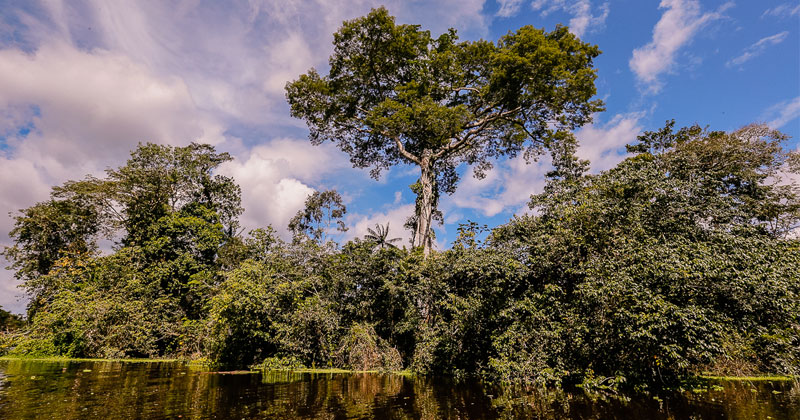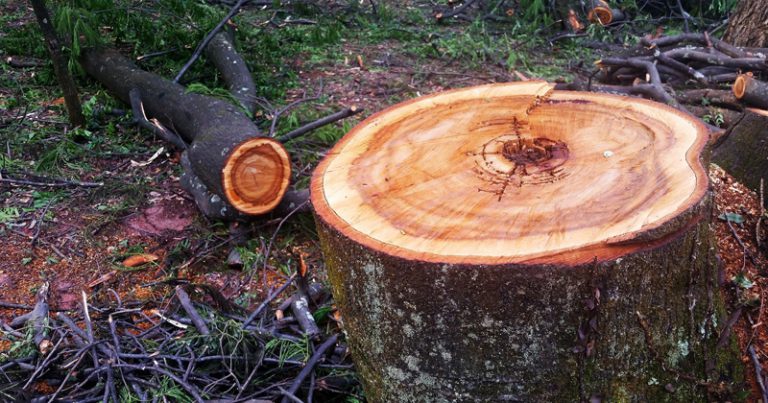
An international study on tropical forests brings some optimism about the recovery of deforested areas. From observations of ecologists around the world, it has been reported that tree species regenerate in a matter of decades, forming the so-called secondary forests. The loss of species, on the other hand, is inevitable.
Researchers observed how the emergence of trees takes place in spaces degraded by human action. They collected species from primary and secondary rainforests to identify to which extent the new vegetation maintains the original diversity. 1,800 plots of plant cover were observed and analyzed together.
The results were published in the journal Science Advances, in an article that had the participation of independent groups from Latin America, Europe, and the United States, led by a team from Wageningen University, in the Netherlands. Brazil was represented by Pedro Bracalion, professor of the Luiz de Queiroz School of Agriculture (ESALQ) of USP, in Piracicaba, who observed the processes in the Atlantic Forest and the Amazon region. The situation of the former is critical – today only 15% of its original area is preserved, according to the Atlas of the Forest Remnants of the Atlantic Forest.
When a deforested area is abandoned – usually due to the lack of economic potential – a gradual regeneration process begins, resulting in a new area of secondary forests, which replaces the previous one. The study points out that in Latin America the results are fast and significant. In less than two decades, 80% of the number of species can be recovered.
However, the expectations of full recovery are low in the short term. “Despite the high quantity of species, they are different from those of the original forest,” says the researcher. The result reveals that the biodiversity of tropical biomes may be compromised, despite the maintenance of plant cover.
It also highlights the profile of the observed trees that return to the habitat. “Most are generalist species. Others, more sensitive to modifications, will hardly reach the area of degradation.”

Environmental compensation
The collected data show no ecological equivalence between the original and the regenerated spaces. Despite the amount of species recovered, their richness is compromised.
According to the professor, this is a warning sign regarding the way those responsible for the environmental compensation policy act. For him, reforestation by equivalence of damaged area does not represent an effective action to fully reverse the effects of the loss of primary forests. However, the technique is still predominant in public policies for environmental recovery. “It takes a paradigm shift: measuring losses and gains, understanding what will be lost. Recognizing that certain actions are irreversible,” he says.
Large works, such as the construction of hydroelectric plants, which require flooding of large areas of forest, bring lasting impacts. In these cases, planning is required to understand the damaged biome, identify rare species, and replant them. At the same time, plant recovery is a spontaneous and cheaper solution than planting seedlings, but it represents some disadvantages for maintaining the diversity of native and sensitive species. “It is possible to recover the forest cover, but there is loss of species and many losses to biodiversity. Secondary forests do not replace primary ones.”
With information from the Communication division of ESALQ
More information: pedrob@usp.br, with Pedro Bracalion
